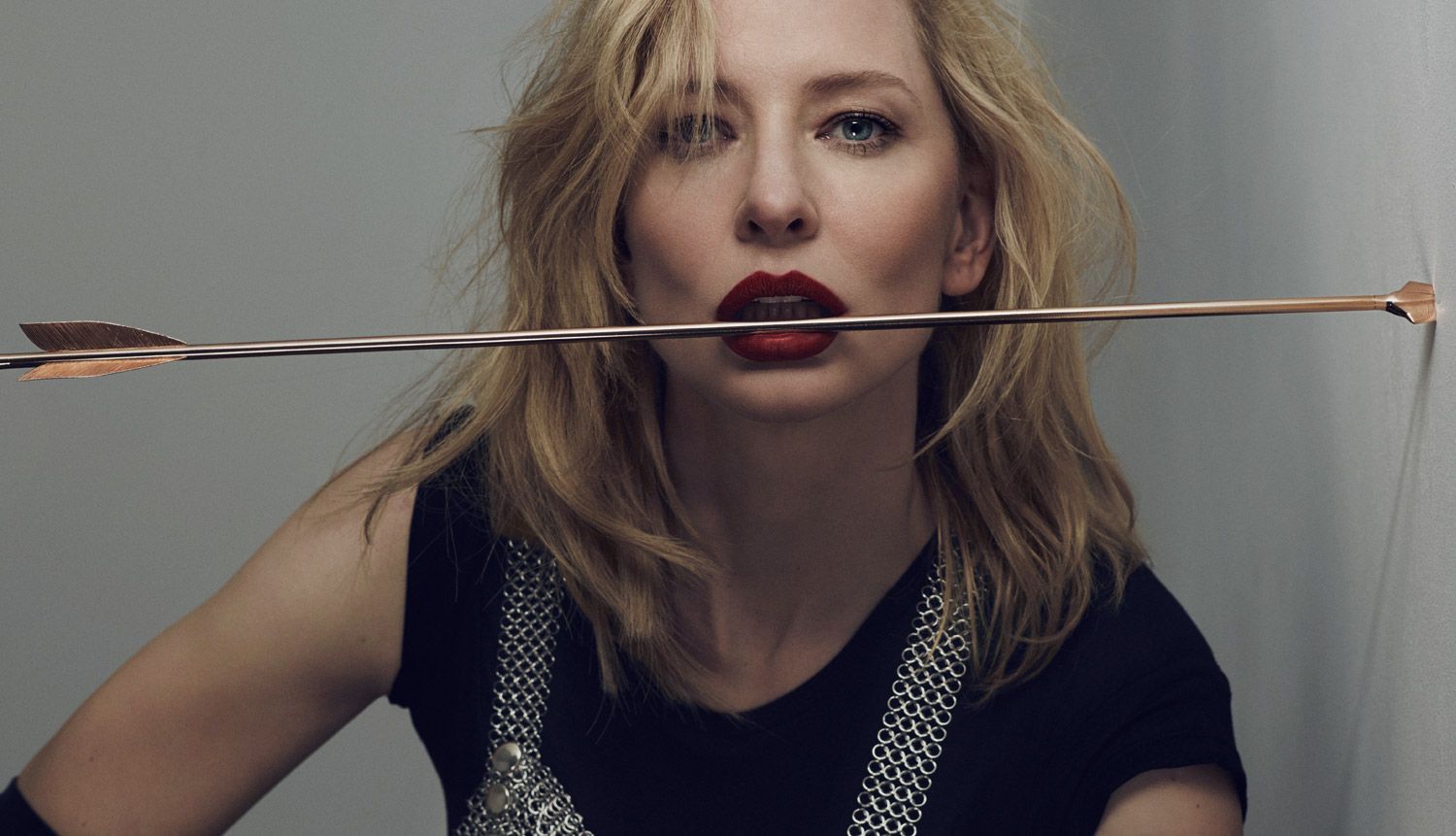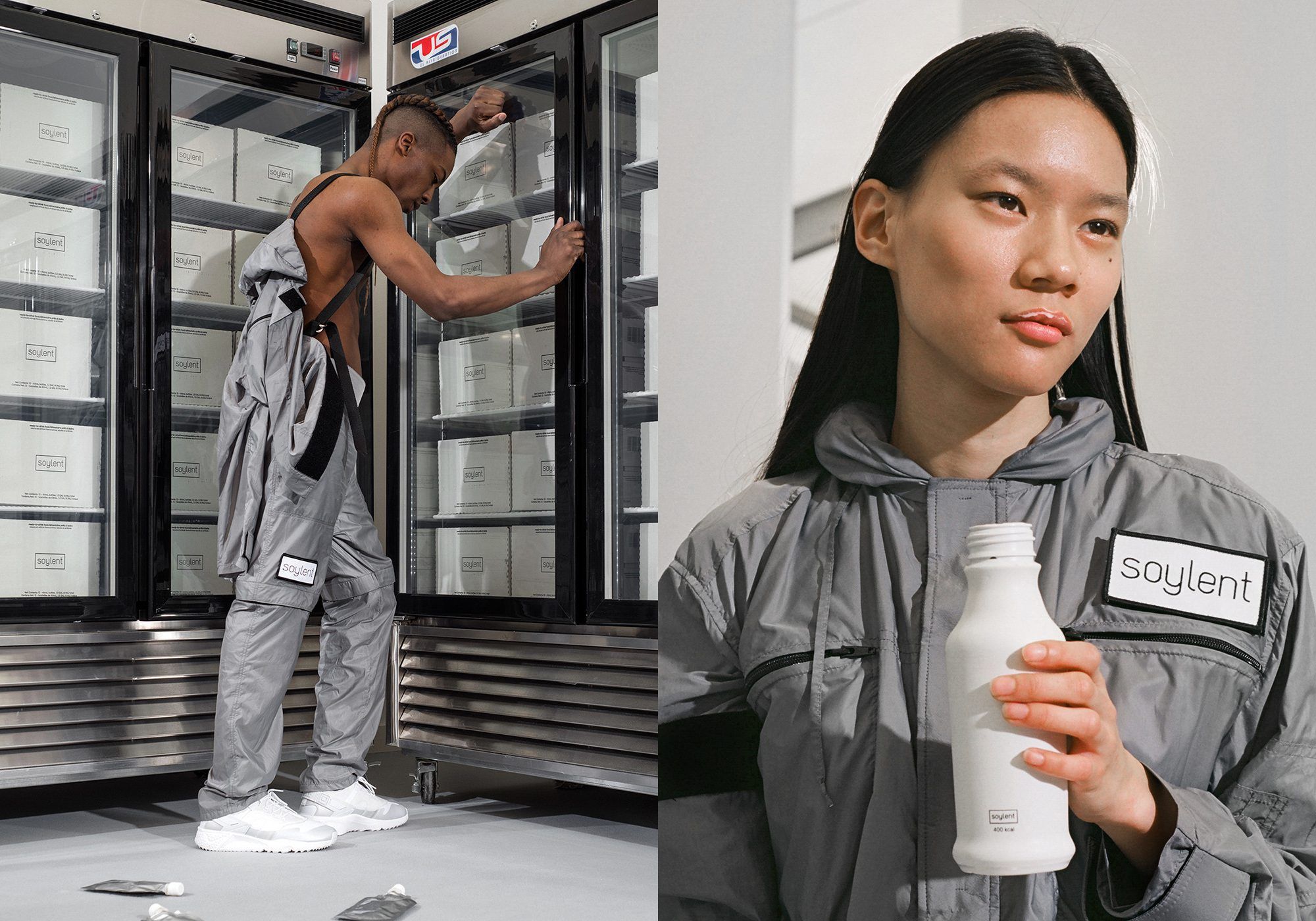Actor JAMES FRANCO Reviews Frieze New York for 032c & Gets Photographed
|James Franco
Frieze in New York for the third time this year. A beautiful Sunday morning out on Randall’s Island, felt like the first day of summer. From the outside the fair already seemed more restrained than last year: no King Kong-size Paul McCarthy inflatable pig on the lawn, just the tent. Because we were so early and the crowd was light we could look at the art. Also inside the art seemed more restrained than last year, not in a bad way. The objects really felt like objects, the paintings were paintings on the wall, discrete in their objecthood, reverberating. It felt like a new-modernist moment when abstraction rules and the mode of production is in the fore. The works that drew my attention are all of a moment when outsider art has become insider art, a moment set in motion by two artists whose work is in the show: Christopher Wool and Larry Clark.
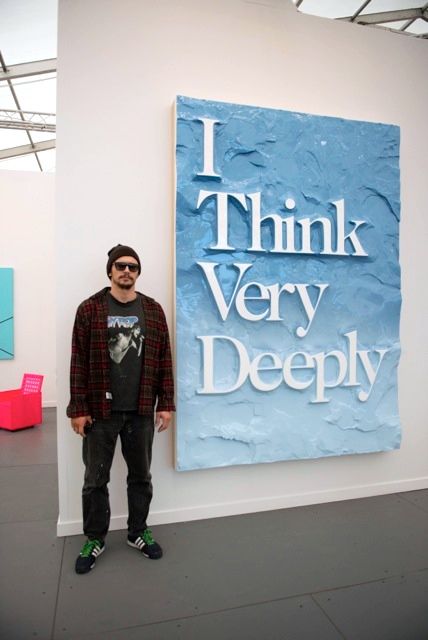
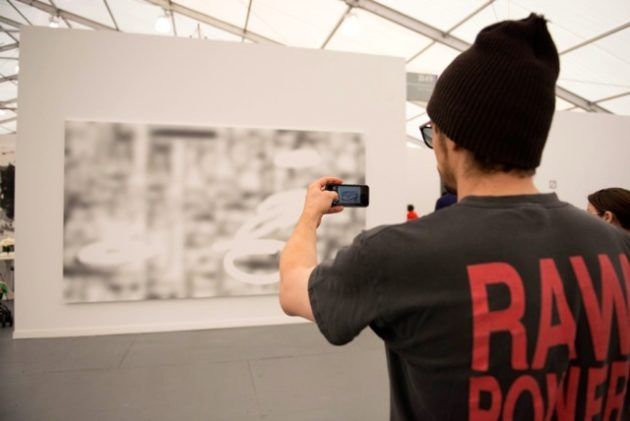
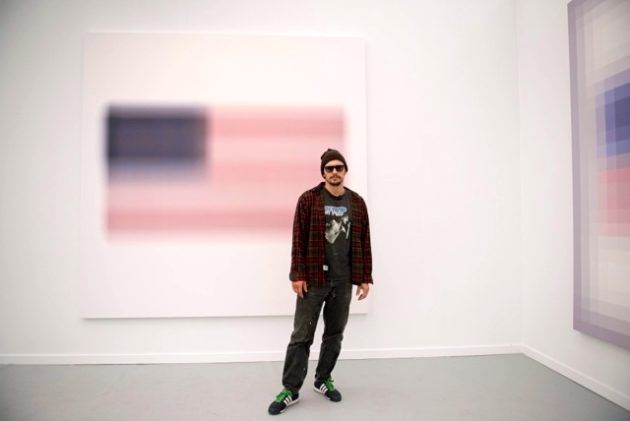
The opaque patterns of Wool’s work and Wool himself have influenced—directly and indirectly—artists such as Mark Flood (prominent at London’s Stuart Shave Modern Art) and Jeff Elrod (coming off a hit show at Luhring Augustine), who are both having their time in the contemporary art sun. Larry Clark’s collages have always been some of his best works, and his influence on the younger generation—the Harmony Korine Satanic Circle with its outsider art of visionary abstraction—is undeniable. In some ways Harmony (who’s presenting a painting show at Gagosian’s uptown gallery) is the lynchpin for these two giants, having worked with Clark on Kids in the early 1990s and collaborated with Wool on prints around the same time. Korine, Wool, Flood, Elrod, Dan Colen (whose work is now on view at the Brant Foundation), and even Rob Pruitt all share, at least in many of their recent paintings, a blurring and abstraction in order to emphasize the material that makes up the image. In Flood’s case the paint is literally pixilated. And if these artists aren’t making abstract images, they are utilizing non-traditional kinds of application: Korine paints with brooms and hair brushes while Elrod uses a combination of digital and analogue techniques to achieve abstractions mixed with hard lines of negative space where material has been excised by adhering tape on the canvas and then pulling it off once the image is painted. The granddaddy of this technique is Ed Ruscha, whose work is shown by Gagosian in abundance at the fair. Ruscha’s word paintings, often inscribed with negative space against a painted background of landscapes, ships, etc., are the precursors Elrod’s digital scribbles, Korine’s graffiti-influenced word codes, and Clark’s street culture.
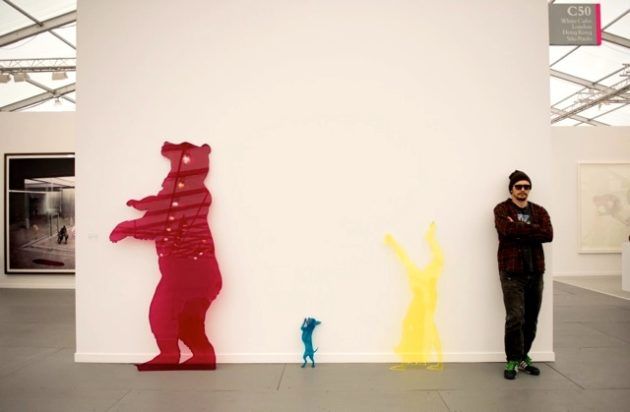
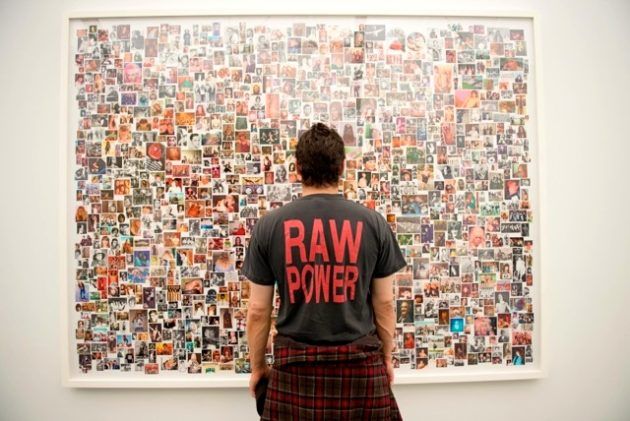
Although its imagery is primarily abstract, this work appears to reach out to the real world through its means of production: digital sketches, painting with unconventional objects, and the collaging of different pop-culture images. This is a rebellion against art that says too much. In fact, it is these artists MO to not give too much away through statements. If you are an outsider artist who’s now on the inside—a director who paints, a hot shot of the new generation, or a rediscovered star of the older generation—your mode seems to be what Korine calls “visionary,” meaning a heightened engagement with the urban, postmodern world, but in neither a personal nor political way. It seems that what distinguishes these artists is often the how they paint and not what or the why.
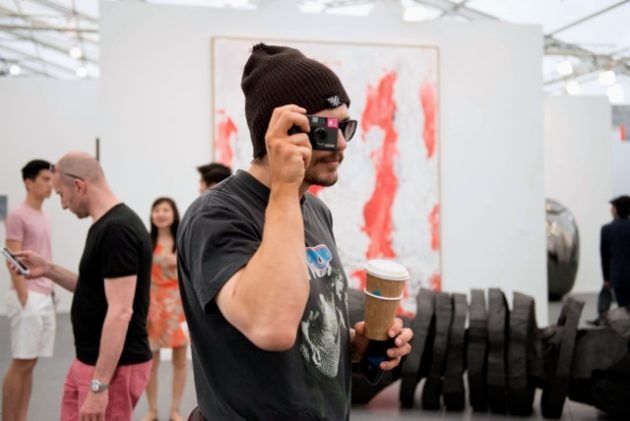
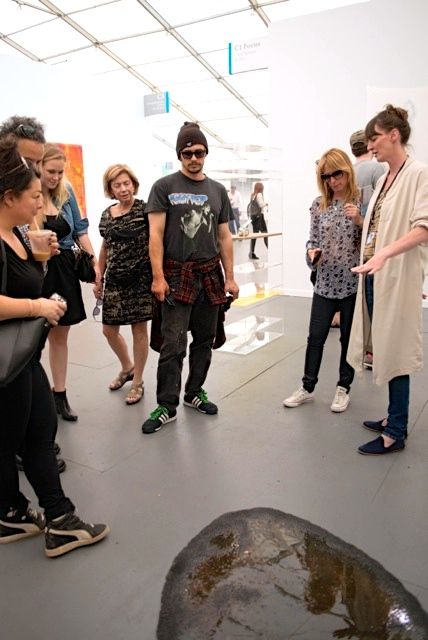
Credits
- Text: James Franco
